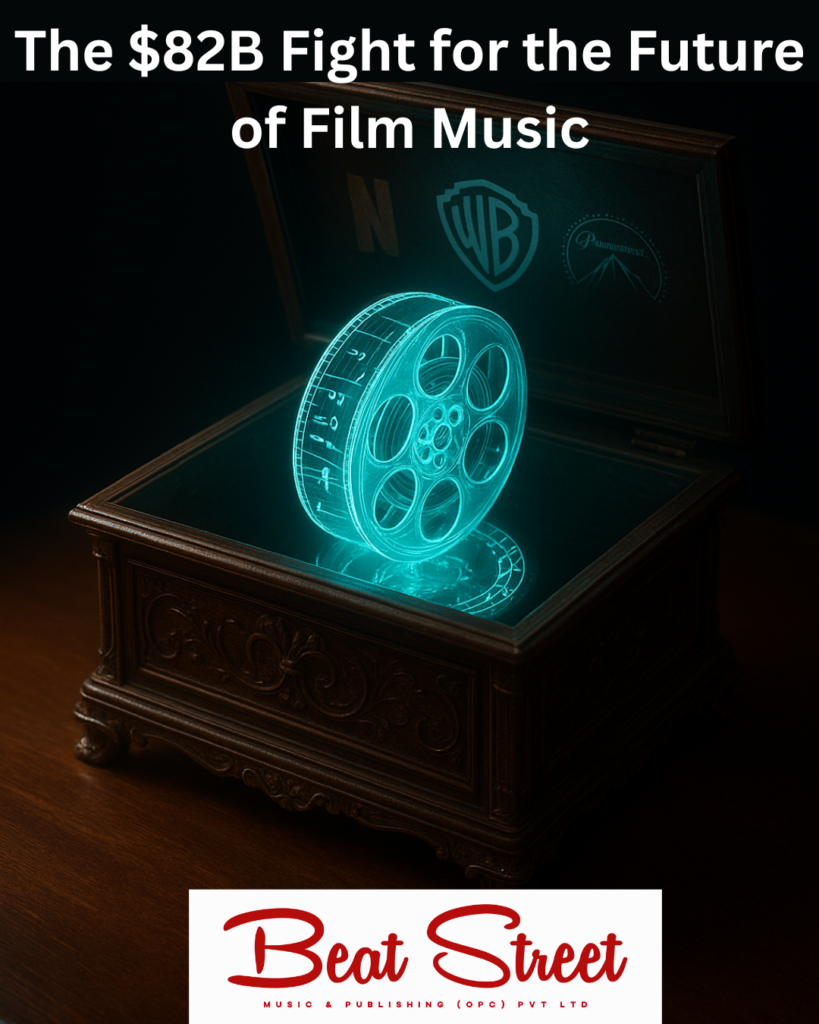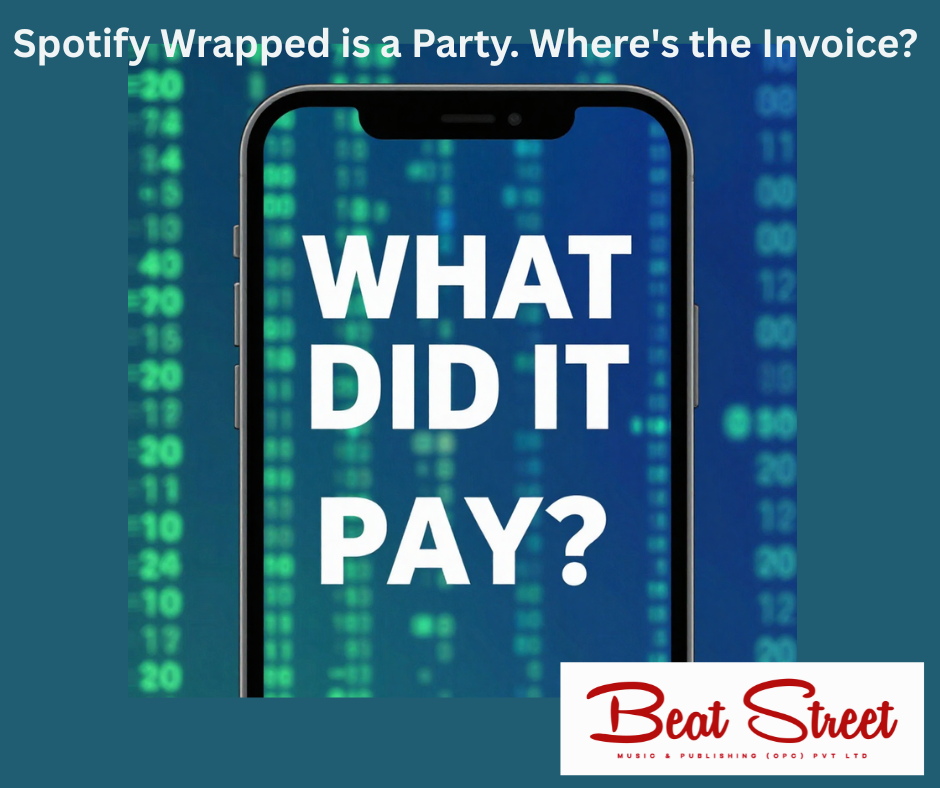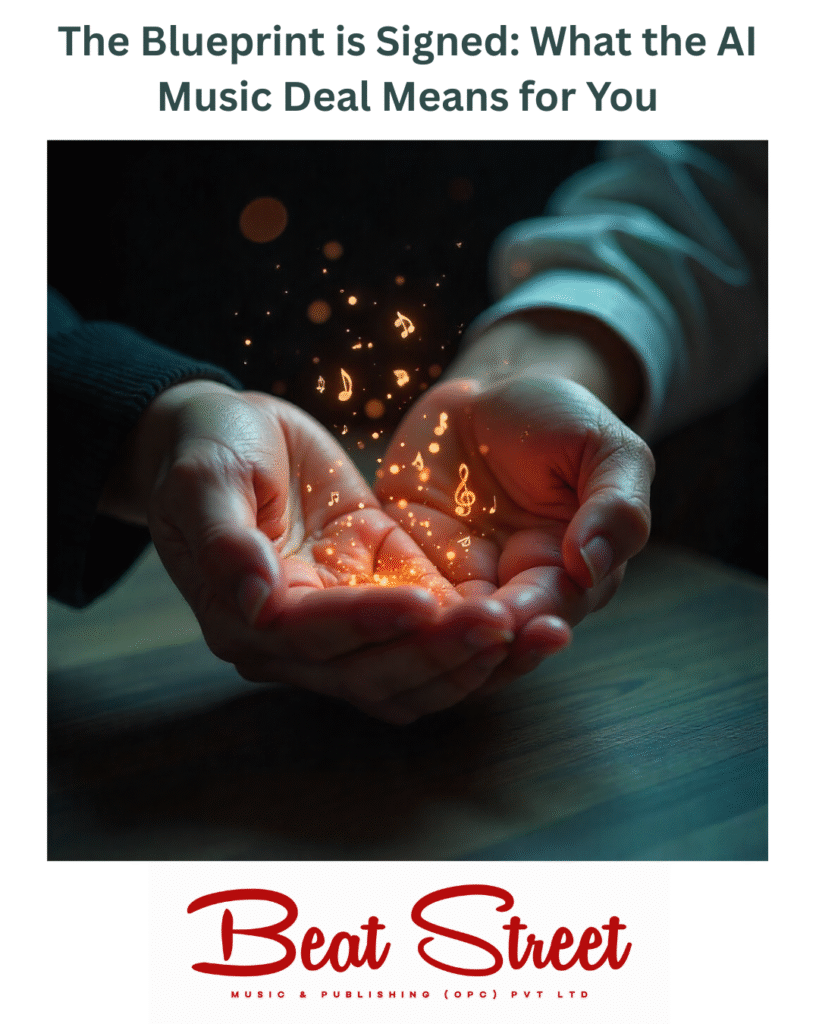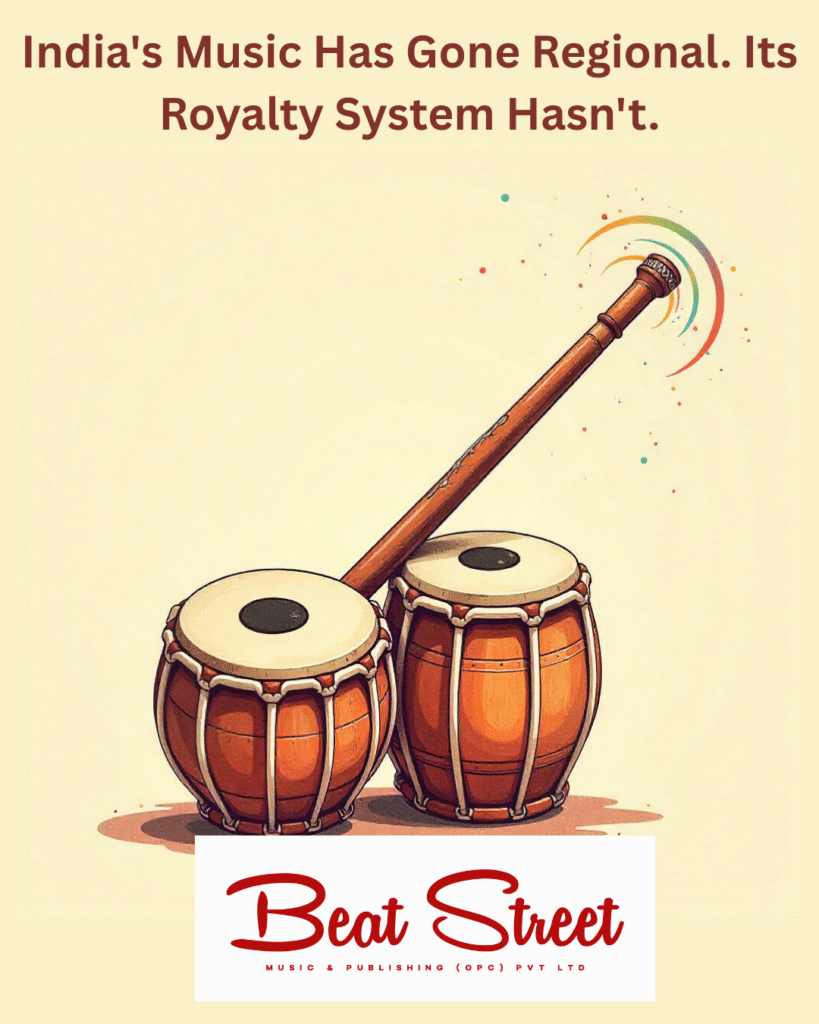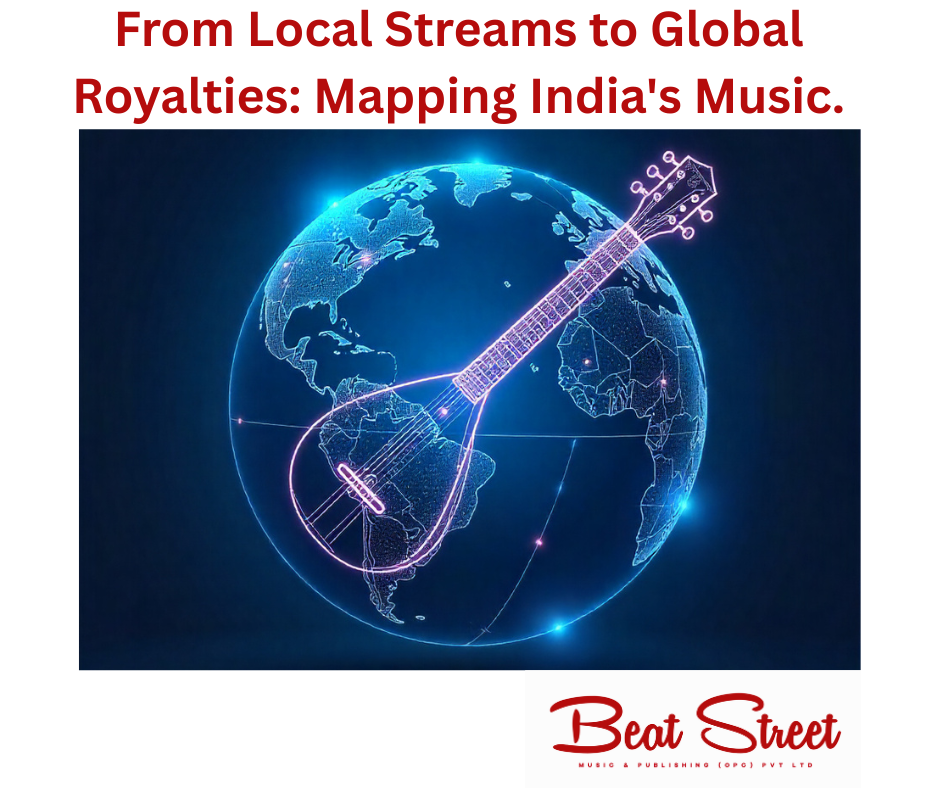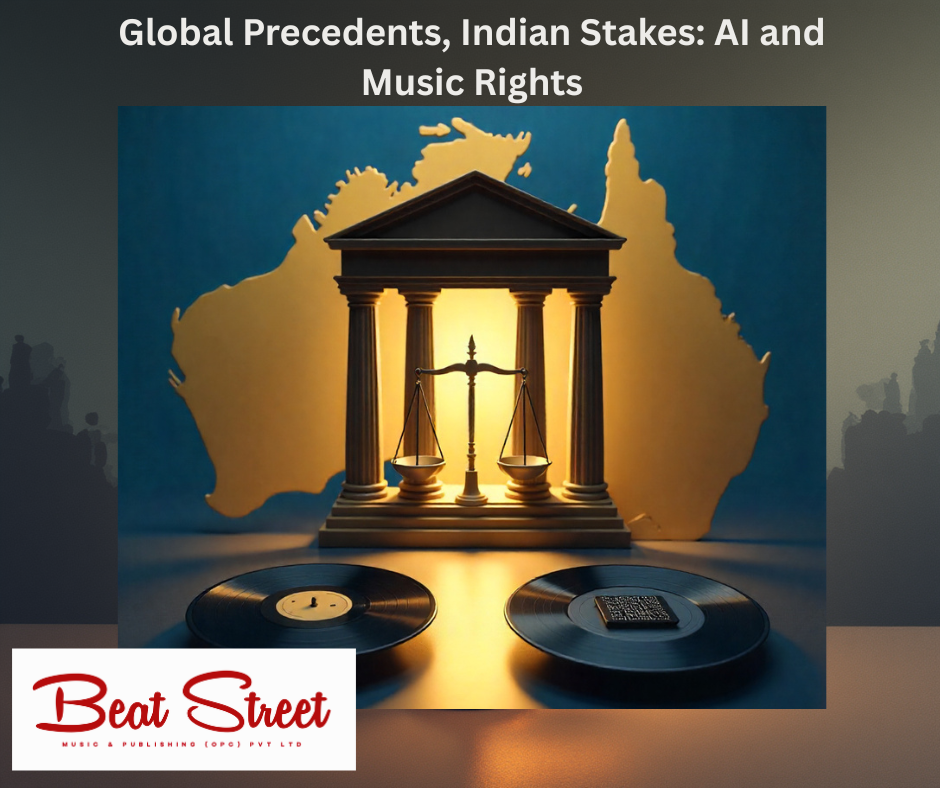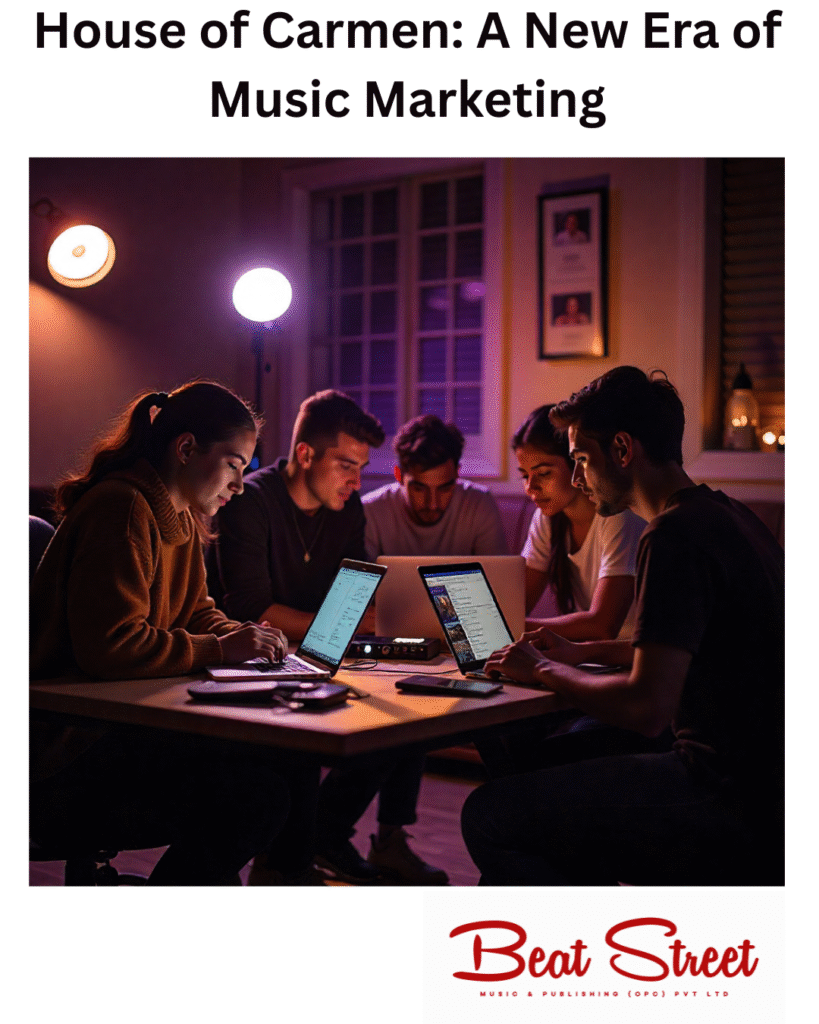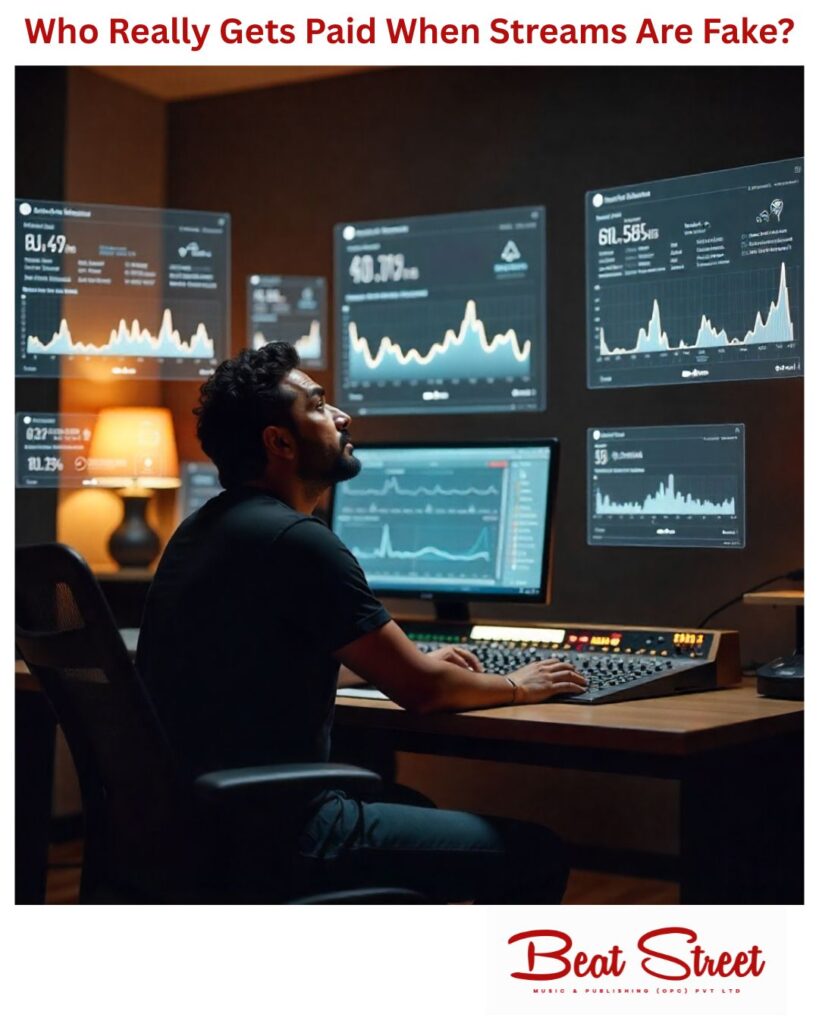For independent artists, composers, and labels, next year’s success won’t come from one viral stream. It will come from building something more resilient. Something where every part of your work supports the others. A living ecosystem.
If you feel like you’re running in place, you’re not alone. Chasing algorithm updates, watching tiny royalty sums, and feeling the weight of wearing every hat from creator to CEO. It’s exhausting.
But what if the goal for 2026 changed? What if we stopped just chasing the next trend and started constructing a smarter, more durable structure?
After years in the engine room of rights and revenue, I see three pillars that need to connect. They are the foundation, the stage, and the story. When they work together, you stop surviving season to season. You start building a legacy.
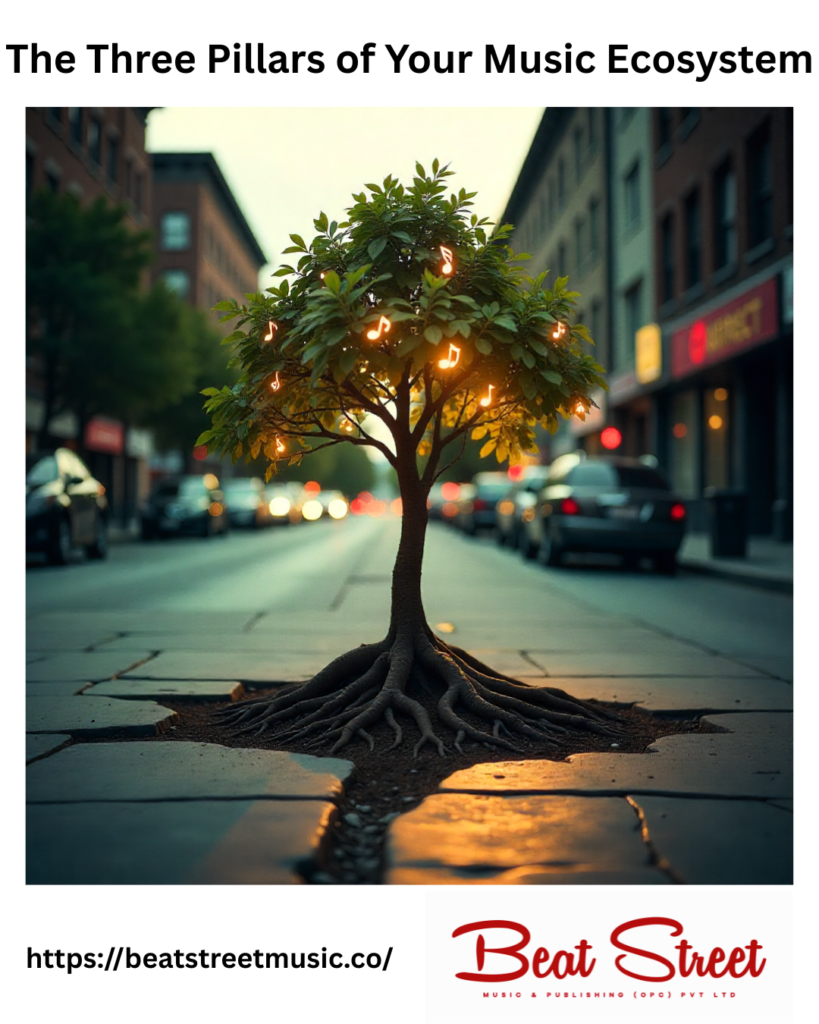
Pillar One: Your Foundation. Owned Assets and Professional Frameworks.
This is the part we rarely celebrate but cannot live without. It is the unshakable ground floor of your entire operation.
Think of your mastered recordings and registered compositions as your core assets. Distribution is not just uploading. It is the strategic placement of those assets across the global map. Publishing is not boring paperwork. It is the vigilant system that protects your song’s value and ensures it gets paid wherever it travels.
This is where perspective matters. My work has been inside the engine room itself, at the Indian Performing Right Society. I have seen firsthand how music societies function, how data flows, and where gaps appear. This is not theoretical knowledge. It is practical, ground level experience in how royalties are supposed to travel and why they sometimes get lost. This insight is what we apply to your catalogue.
This is the work of clean metadata, of unambiguous songwriter splits, of navigating global collection networks with an insider’s map. It is the silent, professional machinery that must hum perfectly in the background. When it does, you have a foundation of clarity and control. You know what you own, where it earns, and how the money flows back to you. This certainty is what lets you build upward without fear.
Pillar Two: Your Stage. The Live and Direct Experience.
A strong foundation begs for a stage. While the digital world is essential, we are witnessing a powerful pull toward the real. Listeners are craving genuine connection, and the market for authentic live experiences is responding.
This pillar is about translating your online presence into physical resonance. It is about seeing a live show not as a one off gig, but as a strategic engine. An event is a powerful moment to solidify your community, create direct revenue outside the streaming pipeline, and generate the kind of authentic content that fuels everything else.
But bridging the artist’s world with the logistical and promotional reality of live performance is its own discipline. It requires a different kind of strategy, one that views your stage presence as a core, integrated part of your business, not a separate adventure.
Pillar Three: Your Story. The Strategic Narrative.
The foundation and the stage need a unifying vision. This is your strategic narrative. This is the work that connects separate actions into a coherent and compelling journey for your audience.
It is the understanding that a new release fuels the story for an event. That the energy from that event then amplifies the next release cycle. It is about creative partnership, ensuring every piece, every song, every performance, fits into a larger, more meaningful picture of who you are as an artist.
Without this guiding vision, you have a series of tactics. With it, you have a legacy in the making.
Why This Ecosystem is Your 2026 Advantage.
The true power lies in the synergy. Imagine this flow. Your professionally managed recordings and publishing generate data and revenue. That intelligence helps plan a targeted live showcase. The energy and content from that showcase then feeds and grows your audience for the next release. The cycle reinforces itself.
Managing these pillars in silos creates friction. Opportunities fall through the gaps. The modern advantage belongs to those who see their career as a single, interconnected ecosystem.
This is the work that excites me now. It is the work of architecture. Not just administering rights, but helping you build a resilient structure. A structure where your musical assets are meticulously managed, and your live presence is strategically developed, all woven into one story.
If you are looking at the new year and thinking about building this kind of integrated future, let us talk about how to connect these pillars. The blueprint awaits.
Let’s build your ecosystem.
